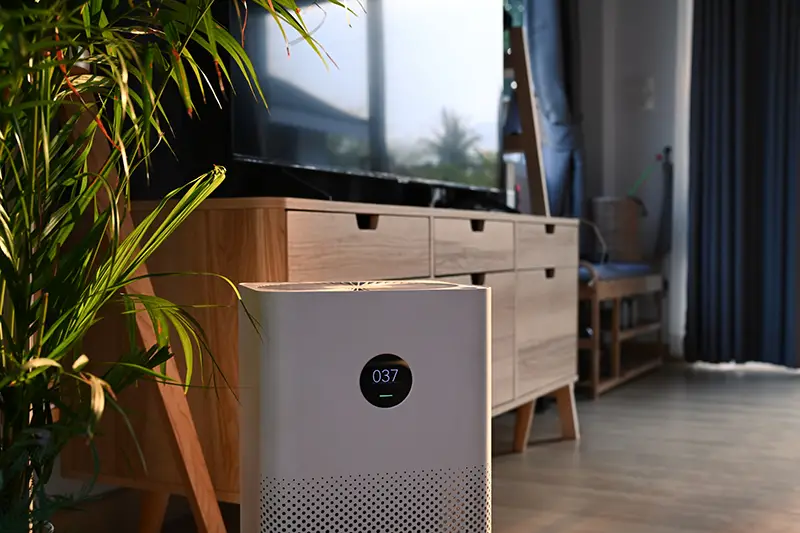Click here to get this post in PDF
Pollution is a serious concern for people who live in their homes. Think of what could be polluting your air! Unfortunately, it’s difficult to tell precisely what pollutes our air. In this blog post, we’ll discuss five likely pollutants that may be affecting your living space and how you can reduce exposure to them.
Dust
With so many different sources of dust in your home (including carpets, curtains, clothes) all contributing to the problem, it can be hard to stop some from getting into your lungs. To minimize this, vacuum your home every week or two. This will remove most of the dust that has settled on furniture and floors.
Dust Mites
These tiny arthropods live off the skin cells that humans shed while they sleep. In order toToxposure, it’s recommended that you change your bedding once a week.
Mold Spores
These microscopic organisms are almost always present in moist environments like bathrooms or kitchens, where moisture has been left unchecked. If you have mold in your home, removing it as soon as possible is essential to minimizing its health risks. You will need a professional mold inspection to find out what’s causing it so that you can prevent the mold from growing back. Trust only certified mold experts, and always check out mold service reviews from Montreal (or in your location) to find the most suited company.
Fungi
Like mold spores, fungi are present in many parts of your home and can cause various respiratory problems if they’re not dealt with quickly enough. The best thing to do is eliminate any damp surfaces that might have fungal growths on them.
Pet dander
This allergen comes from a variety of sources, but they are most common in homes with pets. It’s estimated that roughly 37% of homes in the United States have at least one pet, so it’s likely you’re encountering this allergen regularly. After being with a pet, you should always wash your hands with soap and water and try to brush off as much pet dander as possible.
Cooking fumes
When food is cooked with oil or butter, for example, those substances can get into your lungs and irritate them. To limit these exposure points, try to avoid cooking with specific oil or butter and use air fresheners to diffuse the fumes.
Secondhand smoke
Due to the invisible nature of this type of pollution, it’s hard to know how prevalent it is. However, studies suggest that roughly one-third of all smokers are exposed daily and can experience various health effects, from the increased risk for lung cancer or heart disease to premature aging. When people smoke inside your home, it’s much more likely that you’ll be exposed. To reduce this risk, try to limit where you allow smoking at home and keep it outside.
Tips for small businesses:
There are several things that you can do to limit the pollution in your office environment.
- The first is to reduce clutter and make sure that desks are clear of unnecessary items.
- Second, use blue lights on computer screens when possible because they emit less harmful UV rays.
- Finally, install a purifier near air vents to limit common pollutants from entering your work environment and harming your employees.
Home purifiers are also a good option for small businesses. They’re made to remove specific pollutants from the air, rather than just freshening it with scented oils. So, for example, you could install a purifier near an employee’s desk to reduce their exposure to secondhand smoke or one in your kitchen if there’s significant mold growth.
Summary:
You might be surprised to find that many of these pollutants are coming from your own home. We hope this blog post has helped you to understand the five most common contaminants of your air. It’s important to know that you can get help from professionals in the field of air quality. If your home is known for being dusty or pets inside and outside the house, then it may be time to call a professional specializing in helping people with their indoor environment. Have a great day and breathe easy knowing that you’re taking steps to keep your home clean.
You may also like: 7 Easy Tips to Reduce Electricity Waste in Workplaces
Image source: Dreamstime.com

